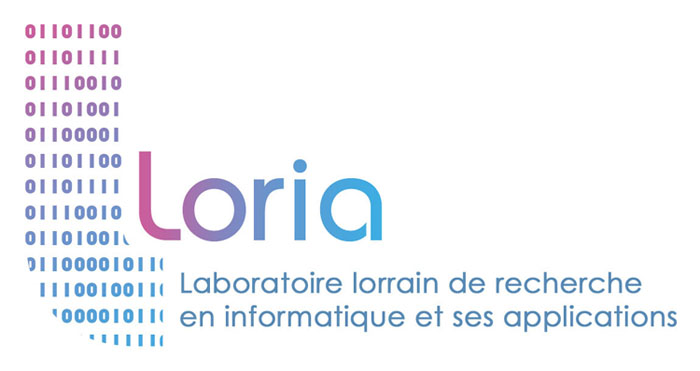Projet Inria Project Lab BCI-LIFT (Brain-Computer Interfaces: Learning, Interaction, Feedback, Training) 2014-2018
Project leader: Maureen Clerc
Inria partners: Athena, Camin, Hybrid, Mjolnir, Neurosys, Potioc
External partners: Inserm Lyon, Université de Rouen
BCI-LIFT is a large-scale 4-year research initiative whose aim is to reach a next generation of non-invasive Brain-Computer Interfaces (BCI), more specifically BCI that are easier to appropriate, more efficient, and suit a larger number of people.
Projet CNRS PEPS S2IH INS2I 2018 : MoveYouMind (Design and evaluation of a visual neurofeedback based on specific corticomotor areas using source localization for enhancing motor imagery)
Project leader: Laurent Bougrain
Partners: Neurosys, Cognitive and Systems Neurosciences (Univ Lorraine/CRAN), Perseus (university of Lorraine)
MOVE YOUR MIND aims at improving the functional recovery protocols of hemiplegic stroke patients by increasing the precision of the identification of the brain areas involved in a kinesthetic motor task of the upper limbs. The brain areas engaged during this rehabilitation task will be detected by specific source localization methods based on the signals obtained by an electroencephalographic acquisition system with variable geometry, which will inform and therefore guide the patient (and the nursing staff) during the functional rehabilitation by indicating to her/him if the activity which she/he produces is in the right motor area. The project aims to design and evaluate a visual neurofeedback based on active cortical areas within an existing brain-computer interface.
Projet CNRS PEPS S2IH INS2I 2018 : HDCHS (From Human-Human Handshaking to Human-Robot Handshaking)
Project leader: Patrick Hénaff
Partners: Neurosys, Perseus (university of Lorraine), Cerco
This project interfaces robotics, neuroscience and experimental psychology. It is part of on-going research initiated at LORIA on the understanding of physical and cognitive phenomena that appear while two persons handshake, in order to reproduce them with a humanoid robot naturally interacting with a human. This act is studied because is a multimodal physical and social interaction, socially common but complex from a neuroscience and robotics point of view, because it involves physical, psychological and sensorimotor couplings which differ, depending on the social context. This project proposes novel handshaking experiments aiming at understanding the physical and psychological synchronization phenomena (coupling, locking, rhythmicity), best known as the « Human Dynamic Clamp » (HDC) paradigm, in order to propose models in adequation with the bio-inspired controllers developed at LORIA for the control of humanoid robots.




